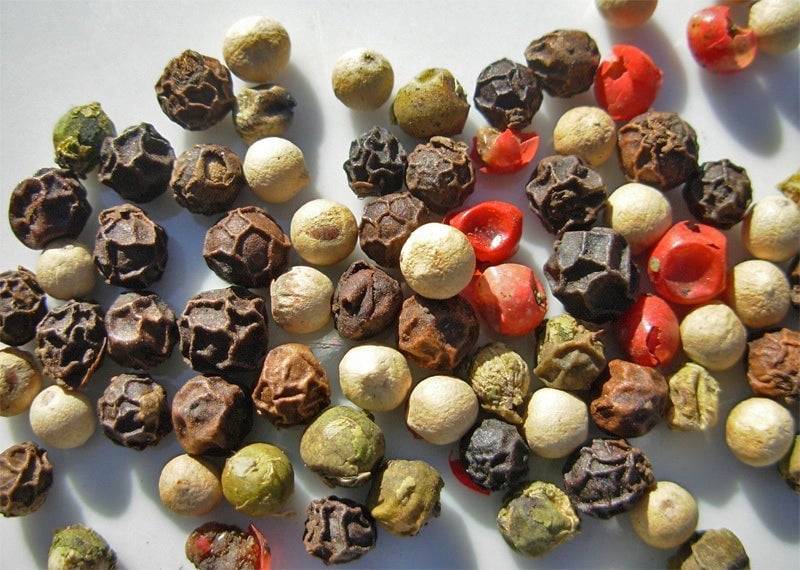The world’s best peppercorn comes from a volcanic valley in central Africa
The Penja pepper, grown in the volcanic soil of the eastern Cameroon, may soon become the country’s newest cash crop.


The Penja pepper, grown in the volcanic soil of the eastern Cameroon, may soon become the country’s newest cash crop.
Production of the peppercorn—grown in the Penja Valley and known for its bright, lingering flavor—has increased in response to growing demand from Michelin-starred chefs and upscale restaurants around the world, according to a Bloomberg report.
Production increased more than fifteen-fold over the past five years, to 300 metric tons (330 US tons) a year, from barely 18 tons five years ago. It’s not surprising that Cameroonian farmers are abandoning traditional export crops such as coffee and cocoa for Penja peppercorn—it sells for 14,000 Cameroonian francs ($24) per kilo, compared to just 600 francs before it became a prized ingredient.
One online British store explains the appeal in its description of the pepper. “The rich volcanic soil creates flavors and aromas that are soft and refined with a delicate musky, mysterious perfume and lots of hot, African heat that lingers bitingly at the back of the throat,” says Steenbergs Organic’s website.
Lior Lev Sercarz, a New York City chef and luxury spice shop owner, told Bloomberg he buys about 150 kilograms (331 pounds) a year. “It’s got herbaceous, grassy notes, with a great flavor, and it doesn’t burn,” he said.
It’s not clear how the pepper was discovered. Some say a farmer stumbled upon it while walking through the woods and took it home to his wife, who planted it. Others say a French colonialist first grew it on his banana plantation.
What is clear is that the Penja pepper’s fortune improved once it was given a protected geographical indication label in 2013 by the African Intellectual Property Organization and several international agricultural organizations. The Penja pepper is one of three African commodities, including Oku honey from Cameroon and Ziama Macenta coffee from Guinea, to be given such a label, which prohibits the product’s name from being used by producers outside of its original region.
Image by Bob Richmond on Flickr, licensed under CC-BY-2.0.